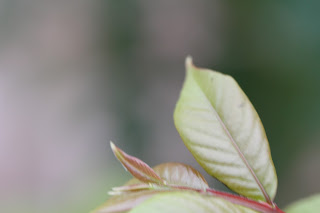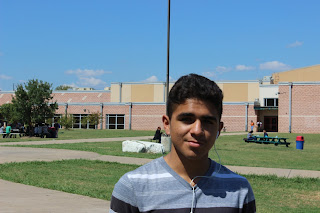Tuesday, December 1, 2015
Monday, November 16, 2015
Thursday, November 12, 2015
Monday, November 9, 2015
Motion Preview
- If subject is not moving, then the picture would be blurred.
- Raise shutter speed and move the camera.
- Catch moving subjects.
- Shutter Speed, Aperature, Film Speed.
Wednesday, October 28, 2015
Thursday, October 1, 2015
RAW vs. JPEG
RAW vs. JPEG
Part 1:
ADVANTAGES OF RAW
- the complete (lossless) data from the camera’s sensor.
- higher in dynamic range
DISADVANTAGE OF RAW
- smaller file size
- able to be manipulated, though not without losing data each time an edit is made.
- higher in contrast.
- immediately suitable for printing, sharing, or posting on the Web.
- Some color is lost as is some of the resolution (and on some cameras there is slightly more noise in a JPEG than its Raw version).
JPEG:
JPEG has slightly better advantages for you to use. JPEG is the best source for printing. JPEG has a higher contrast, so its not too dark.
RAW: RAW is not as useful and better like JPEG is. RAW has a small file size, but is high in dynamic range, along with the lossless data from the camera's sensor.
Part 3:
1. it doesn’t process the photo within the camera, it captures all the data and retains all the information without compressing it, preserving all the information in all the pixels within the image.
2. you have control over the compression of the final image, you are using software to edit and manipulate the pixels as opposed to letting the camera do it automatically.
3.majority of DSLR’s will have the option, but many older point and shoot cameras wont have the capability. You can convert RAW images to JPEG, but you can’t convert the other way.
4. if you are looking for greater flexibility and processing options.
Part 4:
Monday, September 28, 2015
Thursday, September 24, 2015
Sunny 16 Rule and Basic Exposure Constant.
Shot 1
Front Lighting; sunny 16
Front Lighting; sunny 16
Mostly sunny
ISO:100
F/stop: F16
Shutter speed: 1/125
Shot 2
Front lighting; exposure 1
Mostly sunny
ISO: 100
F/stop: F11
Shutter speed: 1/250
Shot 3
side lighting; sunny 16
sunny
ISO: 100
F/stop: F22
SS: 1/60
Shot 4
side lighting; exposure 1
sunny
ISO:100
F/stop: F22
SS: 1/60
Shot 5
side lighting; exposure 2
sunny
ISO:100
F/stop: F16
SS: 1/125
Shot 6
back lighting; sunny 16
shady
ISO:100
F/stop: F8
SS: 1/100
Shot 7
back lighting; exposure 1
shady
ISO:100
F/stop: F8
SS: 1/125
Shot 8
back lighting; exposure 2
sunny
ISO:100
F/stop: F9
SS: 1/100
Shot 9
back lighting; exposure 3
sunny
ISO:100
F/stop: F9
SS: 1/100
Shot 10
back lighting; light meter
sunny
ISO:100
F/stop: F9
SS: 1/100
Shot 11
dark shade; sunny 16
dark;shady
ISO:400
F/stop: F16
SS: 1/250
Shot 12
dark shade; exposure 1
dark;shady
ISO:400
F/stop: F11
SS:1/60
Shot 13
dark shade exposure 2
dark;shady
ISO:400
F/stop:F16
SS:250
Shot 14
dark shade; exposure 3
dark;shady
ISO:400
F/stop: F22
SS; 1/60
Tuesday, September 22, 2015
Lighting; Photography Foundations
What is the literal meaning of photography? "Photo" is Greek for "light." "Graph" is Greek for "writing" or "drawing." Together, it is drawing with lightWhat kind of light makes for soft light? post an example
What kind of light makes for hard light? post an example
What is contrast? Post an example
What does it mean to compensate for lighting? How do you compensate with a camera? Post an example of a picture where the light source is shown Change options to compensate for different lighting conditions in pictures.
Define depth of field: post a photo of maximum depth of field, minimum (short) depth of fieldthe distance between the nearest and the furthest objects that give an image judged to be in focus in a camera.
Subscribe to:
Comments (Atom)

















































